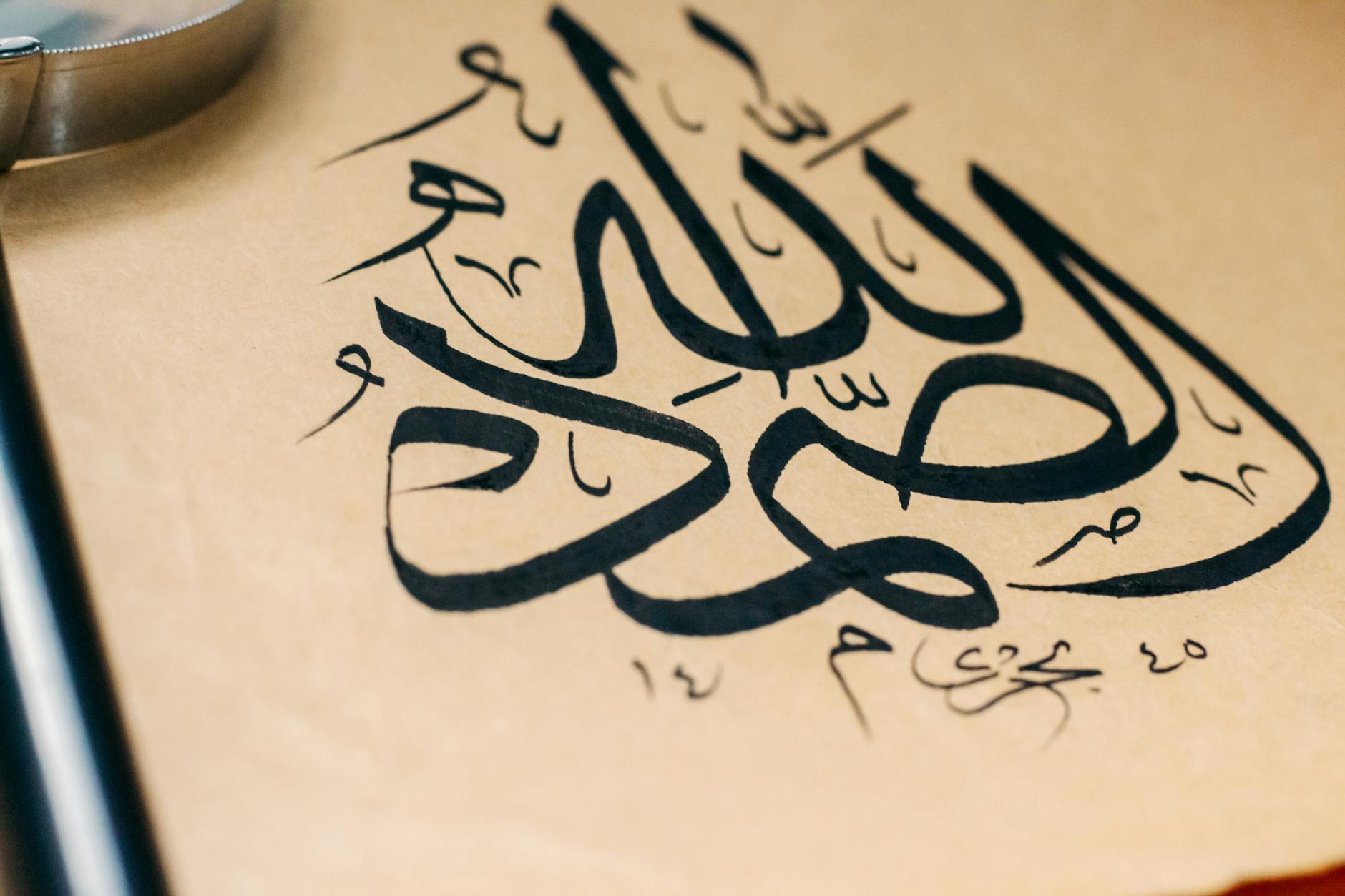Paul Pope’s Analog Rebellion: Will Hand-Drawn Art Survive the AI Onslaught?

Introduction: Celebrated comic artist Paul Pope, a staunch advocate for traditional ink-on-paper methods, finds himself facing a digital deluge. While AI art generators threaten to upend the creative landscape, Pope’s perspective offers a surprisingly nuanced – and ultimately, more concerning – view of the future of art, one far beyond mere copyright infringement.
Key Points
- Pope’s prioritization of broader technological threats (killer robots, surveillance) over immediate AI plagiarism concerns reveals a deeper anxiety about the future of human creativity and control.
- The “analog rebellion” represented by Pope’s continued dedication to traditional methods highlights the potential loss of unique artistic skill and the human touch in a digitally automated world.
- The practical challenges and limitations of AI art generation, despite its hype, currently offer a temporary reprieve but ultimately highlight the need for deeper ethical and regulatory frameworks.
In-Depth Analysis
Paul Pope’s interview isn’t just about AI art theft; it’s a commentary on the broader anxieties surrounding unchecked technological advancement. While acknowledging the threat of AI plagiarism to artists’ livelihoods, his prioritization of killer robots and surveillance reveals a deeper, more unsettling concern: the erosion of human agency and control in a technologically dominant future. This isn’t simply a battle over copyright; it’s about the very nature of creativity itself. Pope’s dedication to analog methods isn’t mere stubbornness; it’s a conscious choice to retain control over his creative process, a control threatened not just by AI, but by the entire technological ecosystem. His meticulous, painstaking techniques, honed over years of practice, represent a skill set that AI, even in its most advanced forms, struggles to replicate authentically. The “punishing” nature of his craft, requiring dedication and skill development, stands in stark contrast to the ease with which AI can churn out derivative images. This difference isn’t simply aesthetic; it speaks to the unique human element, the flaws and imperfections that add depth and character to authentic artwork. The speed and efficiency of AI may be impressive, but it fails to capture the emotional resonance and individuality of human creation. While current AI models might struggle to fully replicate Pope’s style, the trajectory of AI development suggests that this is a temporary hurdle, highlighting the urgent need for a critical discussion about intellectual property, artistic ownership, and the potential societal impact of unregulated AI art generation. The concern isn’t solely about replacement; it’s about devaluing the unique human contribution to art.
Contrasting Viewpoint
One could argue that Pope’s concerns are overly alarmist. After all, technological advancements have always disrupted established industries. The printing press, photography, and even the rise of digital art tools have all caused anxieties, yet artists adapted and thrived. Furthermore, AI tools could be viewed as empowering, providing new creative avenues and augmenting, rather than replacing, human artists. A counter-argument might focus on the potential for AI to enhance existing workflows, offering time-saving tools for tasks like coloring or background generation, allowing artists to focus on the core creative elements of their work. The focus, then, should be on embracing these tools responsibly rather than rejecting them entirely. However, even proponents of AI art tools must concede the current lack of ethical frameworks and effective mechanisms to address issues of copyright infringement and artist compensation.
Future Outlook
Over the next one to two years, we can expect to see continued advancements in AI art generation, leading to more sophisticated and realistic outputs. This will likely exacerbate the current anxieties among artists, particularly those working in traditional styles. The legal battles surrounding AI art and copyright will intensify, forcing a deeper examination of intellectual property laws. Simultaneously, the demand for truly unique and human-crafted artwork is likely to grow, potentially creating a niche market for artists who explicitly highlight the human element in their work. The biggest hurdle is not technological, but societal and regulatory. Establishing clear guidelines for AI art usage, ensuring fair compensation for artists, and addressing the ethical concerns surrounding AI-generated content will be crucial for navigating this rapidly evolving landscape.
For more on the history of technological disruption in the arts, see our deep dive on [[The Evolution of Artistic Tools]].
Further Reading
Original Source: Cartoonist Paul Pope is more worried about killer robots than AI plagiarism (TechCrunch AI)